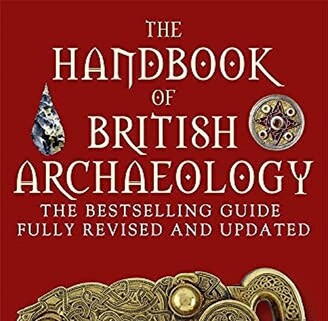The castle was first constructed during the Norman period as a simple motte and bailey. Over the centuries, various additions and periods of reconstruction extended the footprint of the castle, which by the 13th century became a royal residence for nobility and English kings.
Between the 15th century and 17th century, the castle went into decline and much of the stonework from the fortifications were used to construct roads and buildings within the city centre, leaving only the keep which was used as a gaol (prison).
In time, the keep was considered to be unsuitable and its demolition began in 1787, leaving no visible remains of the castle.
During development works in the south-west of Gloucester city centre, archaeologists from Cotswold Archaeology have uncovered traces of the castle beneath the basketball court of the former HMP Gloucester.
A number of trenches revealed medieval structural remains that archaeologists have interpreted as forming part of a masonry causeway or bridge structure. This provided access to the castle across its inner defensive ditch and continued north-east onto Castle Lane.
Excavations also found subsequent demolition and robbing of stonework, evidenced by the infilled castle ditch, and comprised cultivation soils of the Castle Gardens, which occupied this area from the later 18th century through to the mid-19th century.
In addition, a stretch of Post-medieval wall relating to the gardens was identified, which corresponds to a boundary shown on early and mid-19th century maps.
According to the archaeologists: “The results highlight that significant archaeology continues to survive at a relatively shallow depth, enabling us to trace historic land use and landscape change within this part of the city across many centuries.”

